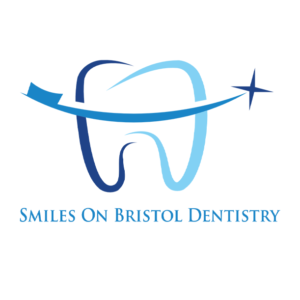With so many types of mouthwash on the market, choosing the best one for you can be confusing, says Santa Ana dentist, Dr. Danial Kalantari of Smiles on Bristol Dentistry. The type of mouthwash you should get depends on your specific needs. Below is a list of the most common types of mouthwashes and what they are used for.
Cosmetic Mouthwash
Cosmetic mouthwashes are used to quickly mask and combat bad breath. They can be used any time of day as frequently as needed to freshen breath and replace bad tastes. However, their effects are short lived because they do not treat the main causes of bad breath. Bad breath is caused by bacteria in the mouth that release bad smelling compounds. Cosmetic mouthwashes are minimally, if at all, effective at eliminating bacteria. The vigorous swishing can help remove stuck food particles which helps to prevent tooth decay. However, overall, cosmetic mouthwashes are best used for immediate bad breath relief and not as serious oral hygiene care. Additionally, people should avoid using them too often because they tend to be acidic in nature which can actually damage the teeth if done too frequently.
Therapeutic Mouthwash
Therapeutic mouthwashes actually contain chemicals that are used to kill oral bacteria and many offer fluoride to help protect the mouth. They come in alcohol and alcohol-free formats. Alcohol mouthwash can be highly effective at killing bacteria and reducing plaque, but alcohol can also cause dry mouth which overall is counterproductive to oral health care.
Dry mouth means the amount of saliva in the mouth is reduced. Saliva is key to keeping a proper oral pH. Saliva helps kill oral bacteria. It also contains minerals that help teeth remineralize and repair tooth decay. While oral hygiene products help great amounts in protecting the teeth, saliva is the only thing that is constantly in the mouth protecting the teeth. When a person has dry mouth, their main and most consistent line of defense is removed leaving their teeth unprotected for most of the day.
For people without any known issue with fluoride, fluoride mouthwashes are the best bet. They enhance protection against decay, and protect the teeth against acidity of the mouthwash. Therapeutic mouthwashes get into places that brushing and flossing do not reach like under the gum line helping to kill hard to reach bacteria and remove lingering plaque. Bacteria under the gum line is the number one cause of gingivitis and gum disease. Flossing and mouthwash create a complete oral routine to protect gum health.
While flossing is an essential practice for proper oral care, many people do not like the sensation. For people in this situation, mouthwash is a vital step to keep bacteria from building under the gum line. You should also discuss with your dentist further flossing alternatives to find an acceptable solution.
A number of alcohol-free mouthwashes contain the chemical Chlorhexidine which is a main treatment method for gingivitis and gum disease but can have negative side effects and is not recommended for long term use. Mouthwashes with chlorhexidine should be used to help fight gingivitis over a short period of time and then patients should switch to a mouthwash that does not contain chlorhexidine. If gingivitis, characterized by swollen, bleeding gums, does not appear to be clearing up, talk with your dentist for better solutions.
Mouthwashes can be helpful in cleaning and soothing canker sores by clearing away aggravating bacteria. Ones with alcohol or other intense chemicals can aggravate canker sores, however, so patients should make sure to only use a gentle rinse on their canker sores.
Some mouthwashes also help to increase saliva production and balance pH levels. Biotene and Therabreath, for example, both help the mouth return to a healthy pH. Biotene was specifically designed to help fix dry mouth. Therabreath has the most basic pH of any mouthwash on the market to rapidly take your mouth from acidic levels back to safe pH’s.
Patients should always verify that their mouthwash has been approved by the ADA, American Dental Association. The ADA requires extensive studies demonstrating a product’s safety and usefulness before they will give their seal of approval. The ADA works as an unbiased third-party verification service for dental products. Many companies will release their own personal studies on their product touting impressive claims. However, dishonest companies might intentionally inflate findings or make claims that were not necessarily proven by the studies. Only with an unbiased third-party verification can consumers know a company’s claims are valid.
Some Smiles on Bristol patients wonder if they should have a particular order for their brushing, flossing, mouthwash routine. There is no definitively more effective pattern to oral care. The most important aspect for good oral care is simply to remain consistent. Dr. Kalantari does recommend patients rinse with mouthwash after they brush with a fluoride tooth paste if they are using a fluoride-free mouthwash. The fluoride in the toothpaste will prevent any acid erosion from the acidic mouthwash. Mouthwash with fluoride protects at the same time so it can be used at any stage in the dental routine.


